What connects us to the things we make? For quilters, it’s as much the process as it is the finished piece. It’s knowing the love, labor, and inspiration that goes into creating something completely original. That’s why we’re celebrating the fabric by going back to the story of how it was made.
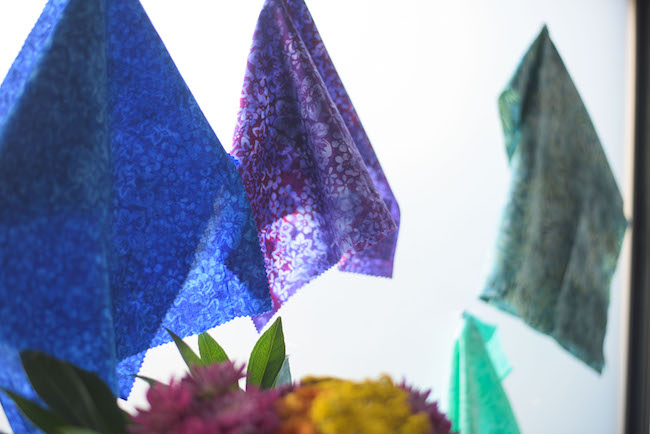
Creating a commercial batik takes a lot of time and effort. It also means tapping into the traditions of Indonesia, where — to this day — batiking is done by hand.
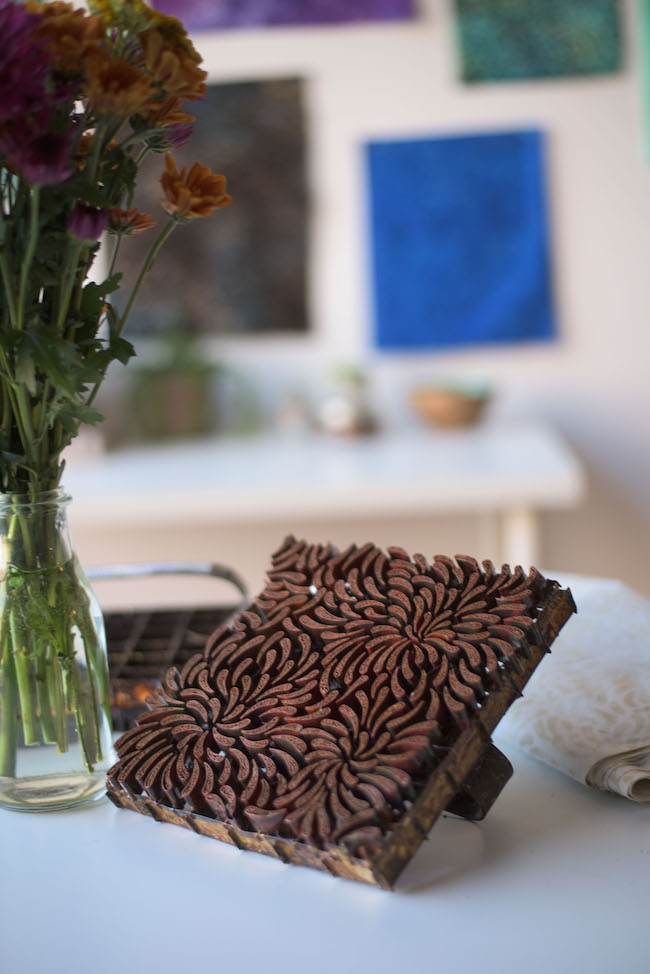
The whole process begins with a large copper stamp. This stamp, called a chop, is custom-forged over several hours, creating the base design that will be used to make prints. Choosing the chop design is the first and most important step to batiking.
For our collections, we landed on a handful of organic designs inspired by the Indonesian landscape. From them we are able to create prints full of rain droplets, growing vines, flowers, fern leaves and more.
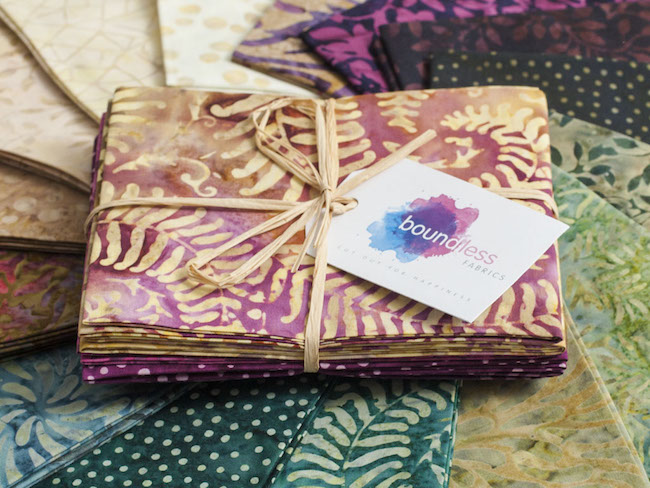
To make these prints, the batik artist starts with the base color. They dye the fabric, methodically scrunch it up and leave it to dry under the sun. From the scrunching and drying come the watercolor-like hues that quilters adore.
Once the base color is ready and laid flat, the dyer presses wax onto the fabric using the chop. Any color under the wax will be safe from dyes used later in the process. This is why the process is often referred to as wax-resist dyeing.
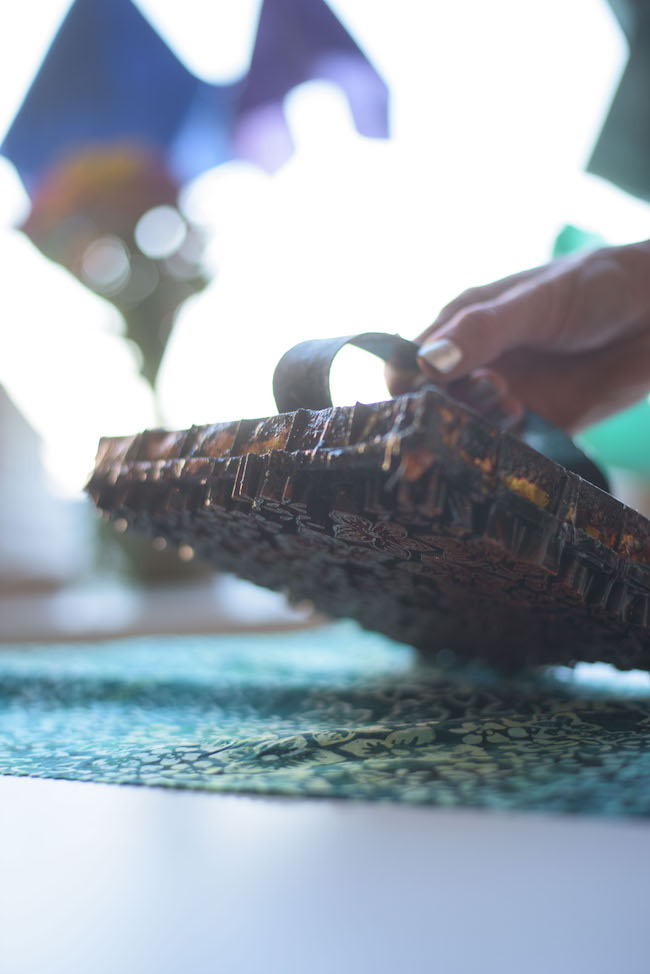
With the wax pressed, the fabric is bleached to remove the base color around the wax. Through another round of dyeing, scrunching, sponge-dyeing and salt-spraying, it will take on the hues that are the background for the print.
When it’s time for the print reveal, the fabric is soaked in boiling water to remove the wax. What remains is a gorgeous batik, ready for a final wash… and a long trip across the Pacific.
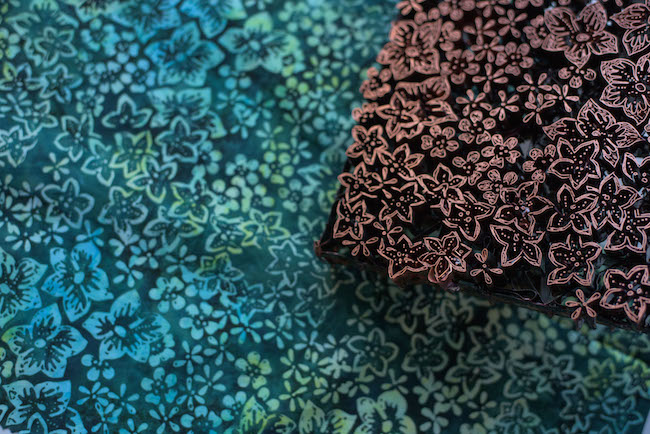
Maybe that journey will bring one of our batiks into your stash; maybe it won’t. Our real hope is that you’ll join us in taking a moment to celebrate the process — not just for batiks, but for any and every project that’s born from an artisan’s time, toil and creativity.

Share tips, start a discussion or ask one of our experts or other students a question.
No Responses to “Just How Is a Batik Born? Here's the Boundless Story...”